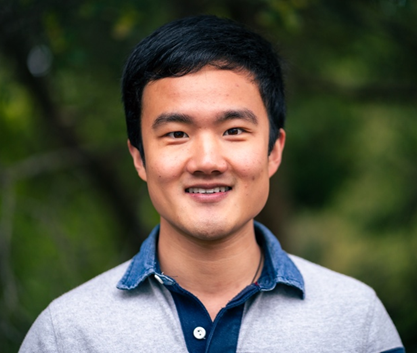2024 HALDANE PRIZE SHORTLIST: Yuguo Yang discusses his paper “Trade-offs in rooting strategy dimensions along an edaphic gradient in a grassland ecosystem“, which has been shortlisted for Functional Ecology’s 2024 Haldane Prize for Early Career Researchers:
About the paper
Roots are essential to plant community function, serving as the gateway for interactions with the belowground world. Unlike leaves, which primarily absorb light and carbon for photosynthesis, roots have far more complex tasks. They must extract water and nutrients in various ionic forms while simultaneously engaging with a diverse array of soil fauna and microbial communities that can either facilitate or hinder plant growth. Yet, how plants develop and allocate resources to their root systems remains a poorly understood area of study.
In our paper, “Trade-offs in rooting strategy dimensions along an edaphic gradient in a grassland ecosystem,” we explored how plants adapt their root systems to different soil conditions in a grassland ecosystem. Specifically, we examined the trade-offs plants make between increasing root biomass, investing in root durability, and relying on fungal symbionts (mycorrhizae) to aid in nutrient absorption.
One of Yuguo’s sampling sites, Arapaho prairie, in Nebraska sandhills, USA (Credit: Yuguo Yang).
Studying root systems in a grassland is particularly challenging. Different plant species grow together with their roots intertwined, making it nearly impossible to isolate roots by individual plants. Additionally, grass roots from different species look nearly identical, making species-level sorting impractical. Instead of linking roots to specific species, we analyzed root traits at the community level and combined this information with aboveground plant surveys to understand how plant communities structure their root systems. Thanks to the help of my undergraduate assistants, Joevy Sum and Justin Ho, we completed our fieldwork in the midst of the COVID-19 pandemic.
Our findings revealed that plants employ a mix of strategies depending on soil conditions. However, unlike previously proposed one- or two-dimensional trade-off frameworks, we found that rooting strategies are more complex, with multiple paths leading to similar functional outcomes. For instance, to enhance resource acquisition, plants can either increase root investment relative to shoots, grow longer roots with the same biomass by altering tissue construction, or rely more on symbiotic fungi. Additionally, we observed substantial within-species variation, highlighting the flexibility of plants in adapting their rooting strategies to different environments. These findings enhance our understanding of plant adaptation to belowground conditions, demonstrating that root growth is shaped by a diverse suite of trait combinations rather than one or two trade-off axes.
About the author
Now, as a postdoctoral scholar at Lawrence Berkeley National Laboratory working with Dr. Romy Chakraborty, I continue to explore belowground ecosystems. My current research focuses on developing simplified microbial communities using known microbial strains and inoculating them into plant roots. By studying these interactions in a controlled environment, I aim to uncover fundamental principles of plant-microbe relationships that could inform sustainable agriculture and ecosystem management.
As a plant enthusiast, I feel incredibly fortunate to conduct research that deepens my understanding of plant life. My journey began at Beijing Forestry University, where I earned my undergraduate degree in turfgrass management. There, I was introduced to plant identification, taxonomy, and plant-soil interactions, which sparked my curiosity about the belowground world. Driven by this passion, I pursued a master’s degree in soil ecology at the same university before continuing my academic journey at the University of Nebraska-Lincoln. As a Ph.D. student under Dr. Sabrina E. Russo, I studied plant ecological strategies, focusing on how plants develop their root systems in different soil environments and how these roots interact with soil microbes.
Read the full list of articles shortlisted for the 2024 Haldane Prize here.
Leave a comment



